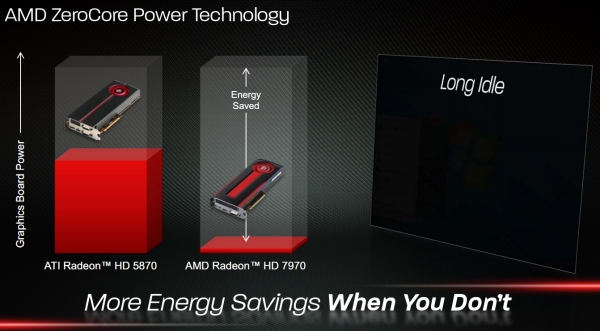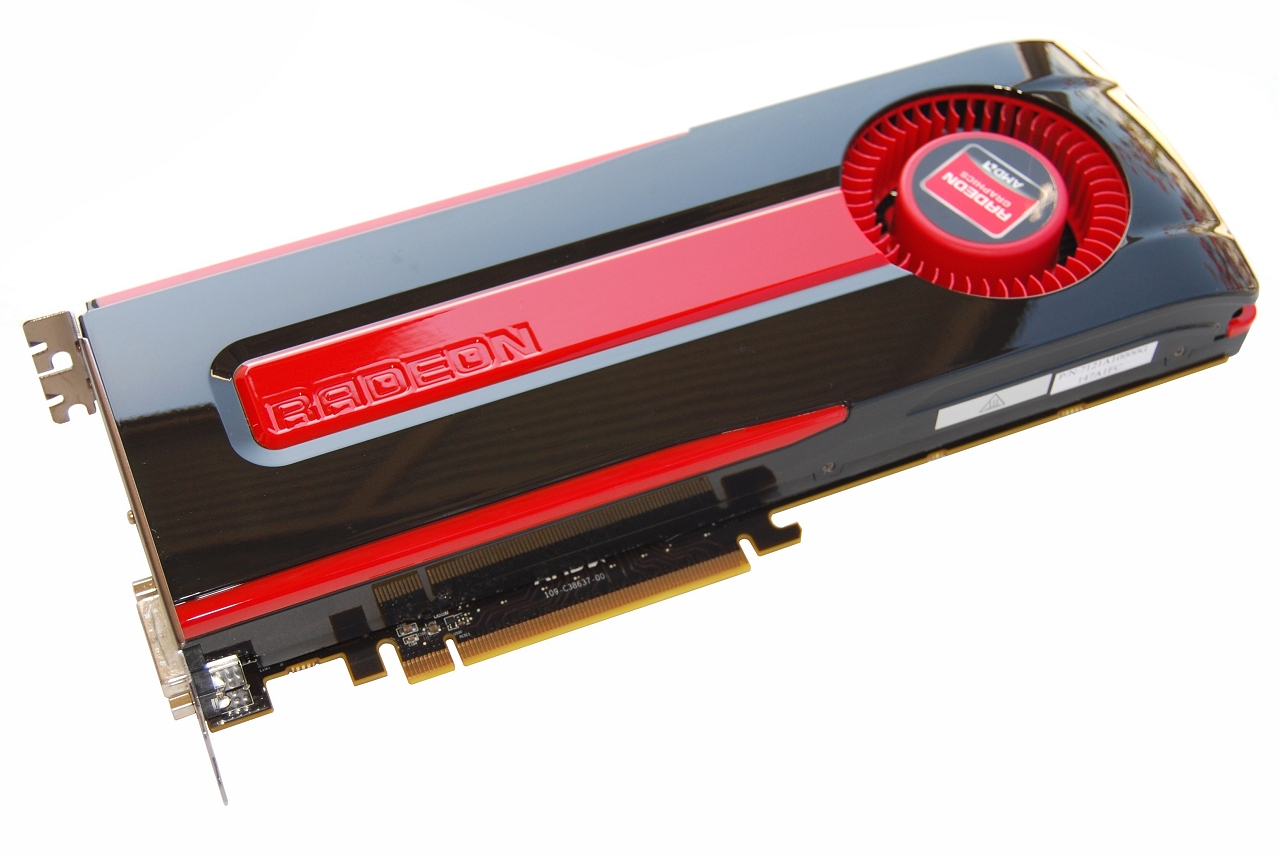AMD ZeroCore Power
Recent generations of high-end graphics cards have faced issues with power consumption. For example, when outfitted with a GTX 480, our test system's consumption hit 407 watts under load and nearly 200 watts at idle. By comparison, the HD 5870 drank 25% less with 150 watts at idle. It's worth mentioning that these figures remain unchanged whether your display is awake or not (until now, anyway).
While the display is using significantly less power if it's sleeping, your graphics card is still drawing the same amount as it does in our desktop idle test, which leaves the display on while the PC is idle. AMD and Nvidia graphics cards have employed numerous power saving methods to reduce idle consumption. Such techniques include clock gating, power gating, memory compression and a few others.

However, because the GPU remains active, it still requires quite a bit of power. The 55nm HD 4870 used 90 watts at idle, the 40nm HD 5870 reduced that to 27 watts and then the HD 6970 whittled that to 24 watts. The HD 7970 is a game changer in this sense, consuming only 3 watts courtesy of AMD's exclusive ZeroCore Power technology, which essentially powers off the GPU while the system is active.
When the display goes off, the GPU usually can't power off because the operating system and BIOS must remain aware of its presence. The ZeroCore Power state maintains a very small bus control block to ensure that GPU context is still visible to the OS and BIOS. It also manages the GPU's power sequencing to ensure the power up/down mechanism is independent of the rest of the system.
ZeroCore Power monitors the display content and forces the GPU into its power-sipping state when the engine is no longer receiving work requests. If any applications update the screen content, ZeroCore Power can periodically wake the GPU to update the frame buffer content and then put the chip back to sleep. This could place AMD's latest cards in a league of their own in terms of power efficiency.
